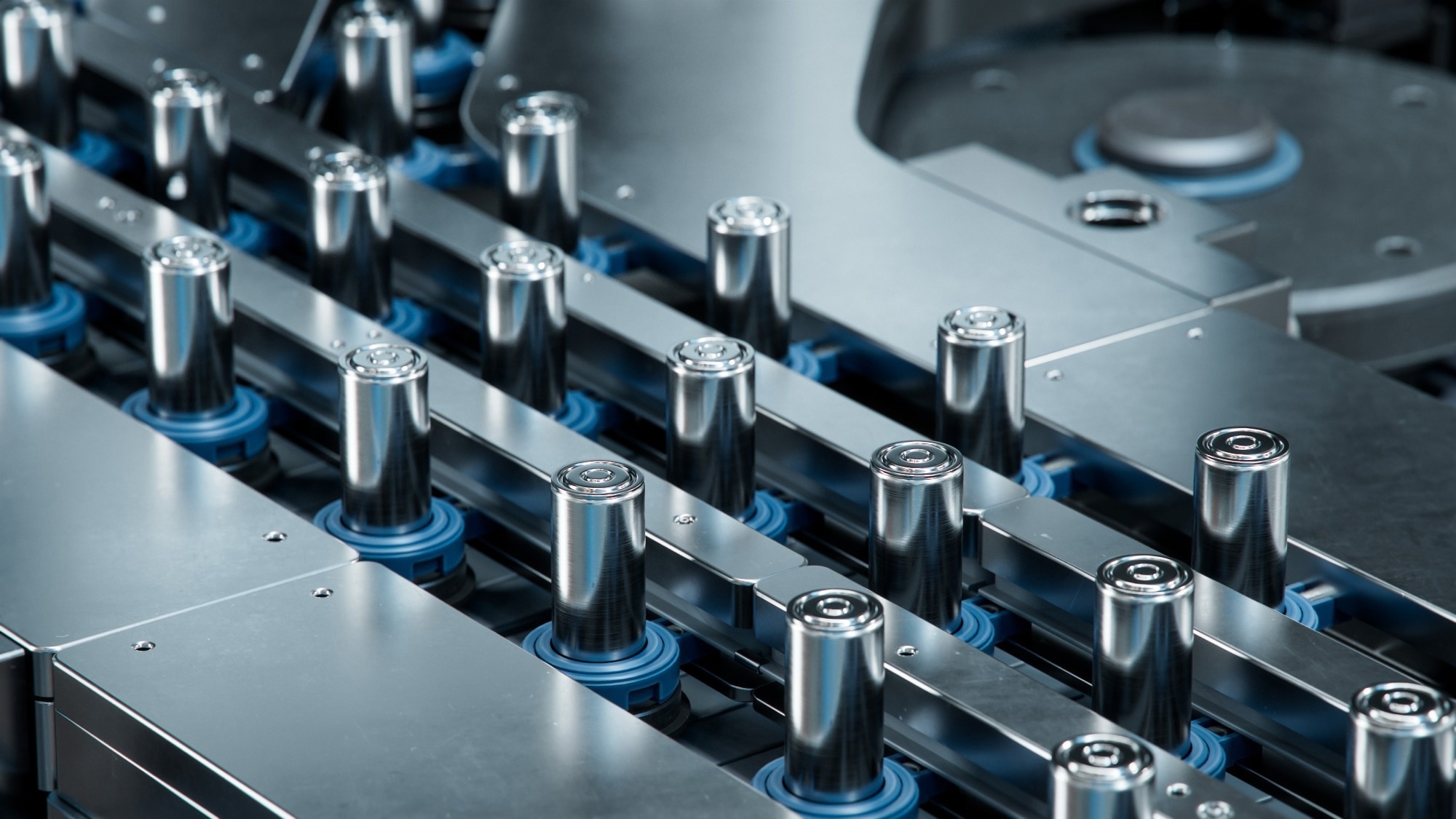 By Muhammad OsamaReviewed by Lexie CornerJun 16 2025
By Muhammad OsamaReviewed by Lexie CornerJun 16 2025A recent study published in Advanced Sustainable Systems introduced a data-driven method for designing better electrolytes for lithium metal batteries (LMBs). The framework combines computer simulations and machine learning (ML) to improve the stability and cycle life of lithium metal anodes.
By predicting the performance of various lithium salts, the approach aims to address key challenges in energy storage and speed up the discovery of effective electrolyte materials.
 Image Credit: IM Imagery/Shutterstock.com
Image Credit: IM Imagery/Shutterstock.com
The Role of LMBs in Energy Storage
LMBs offer higher energy density than traditional lithium-ion batteries, with theoretical values around 500 Wh kg⁻¹. However, lithium metal anodes are unstable with conventional electrolytes. This instability can cause dendrite growth, low efficiency, and safety risks such as overheating.
Standard carbonate-based electrolytes do not perform well with lithium metal, making it important to develop new formulations that form stable, protective layers and extend battery life.
Recent research has investigated fluorinated additives and concentrated electrolytes that improve solid electrolyte interphase (SEI) formation. Traditionally, electrolyte development relied on trial-and-error experiments. Although density functional theory (DFT) offers useful insights, it is computationally intensive. As a result, data-driven and ML approaches are now being explored for faster and more scalable materials discovery.
Integrating Computational and Experimental Data
In this study, researchers developed an ML framework that combines experimental data with DFT-derived chemical properties. The dataset includes solvent oxygen ratios, elemental compositions, and features such as:
- HOMO (highest occupied molecular orbital) and LUMO (lowest unoccupied molecular orbital) energy levels
- Lithium oxidation states from Bader charge analysis
- Adsorption energies of lithium salts on flat and dendritic lithium metal surfaces
DFT was used to evaluate 21 lithium salt candidates. The HOMO and LUMO levels indicate decomposition tendencies and SEI formation potential. Adsorption energy values reflect how salts interact with the lithium surface and their ability to limit dendrite growth.
To account for concentration effects, DFT values were scaled using experimental salt concentrations. Data reduction and pattern recognition were performed using t-distributed stochastic neighbor embedding (t-SNE) and K-means clustering to identify trends based on salt chemistry.
Key Findings: Model Performance and Insights
ML models that included both structural and DFT-derived features outperformed those based on structural data alone. Among tested algorithms, XGBoost and random forest showed the highest accuracy, reducing mean squared error by more than 50 %.
Linear regression, while less accurate, offered interpretable results. It showed that lower lithium oxidation states and higher LUMO energy levels are linked to better Coulombic efficiency (CE).
SHAP (Shapley Additive Explanations) analysis identified the solvent oxygen ratio as the most important feature. Higher oxygen content and higher lithium oxidation states were associated with lower CE, suggesting that electrolyte design should prioritize favorable ion-pair interactions.
The study highlighted several promising salts based on electronic properties:
- LiDFP (lithium difluoro(oxalato)phosphate)
- LiNO3 (lithium nitrate)
- LiPDI (lithium 1,2-propanediol-1,2-dicarboxylate)
- LiHDI (lithium hexafluoroisopropanolate)
These findings align with experimental reports showing improved battery performance with these salts.
Potential Applications and Impact
This approach supports faster development of more stable and safer LMBs. By enabling accurate predictions of electrolyte performance, it reduces the need for trial-and-error testing. It also supports targeted design for specific applications such as electric vehicles and renewable energy storage.
The ability to predict lithium thickness and efficiency from input data helps design electrolytes that suppress dendrites and improve cycle life. The framework is scalable and can evaluate a wider range of salts and additives, guiding experimental work and accelerating commercial development of high-energy batteries.
Download your PDF copy now!
Conclusion and Future Directions
This study presents a scalable computational method for electrolyte design in LMBs. By integrating DFT data with experimental features, the models can predict electrochemical behavior and reveal how salt chemistry influences battery performance.
Though the dataset is limited to 191 entries and lacks detailed SEI data, the framework provides a foundation for further development. Future work could expand the dataset, incorporate SEI characterization, and apply advanced ML models like deep learning to improve prediction accuracy.
Overall, this data-driven approach offers a faster, more efficient alternative to traditional methods, supporting the design of safer, more durable lithium metal batteries.
Journal Reference
Lee, UH., et al. (2025). Data-Driven Lithium Salt Design for Long-Cycle Lithium Metal Battery. Advanced Sustainable Systems. DOI: 10.1002/adsu.202500413, https://advanced.onlinelibrary.wiley.com/doi/10.1002/adsu.202500413
Disclaimer: The views expressed here are those of the author expressed in their private capacity and do not necessarily represent the views of AZoM.com Limited T/A AZoNetwork the owner and operator of this website. This disclaimer forms part of the Terms and conditions of use of this website.